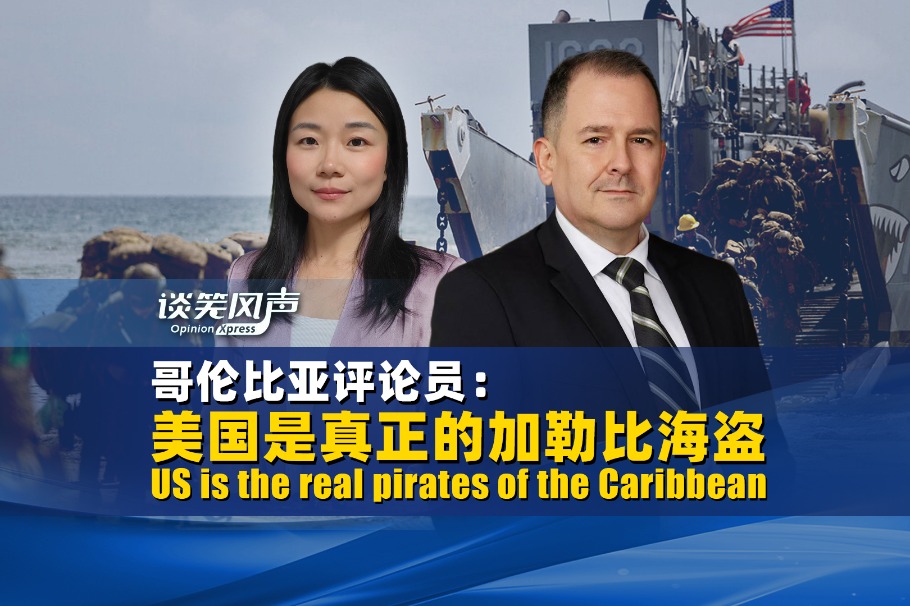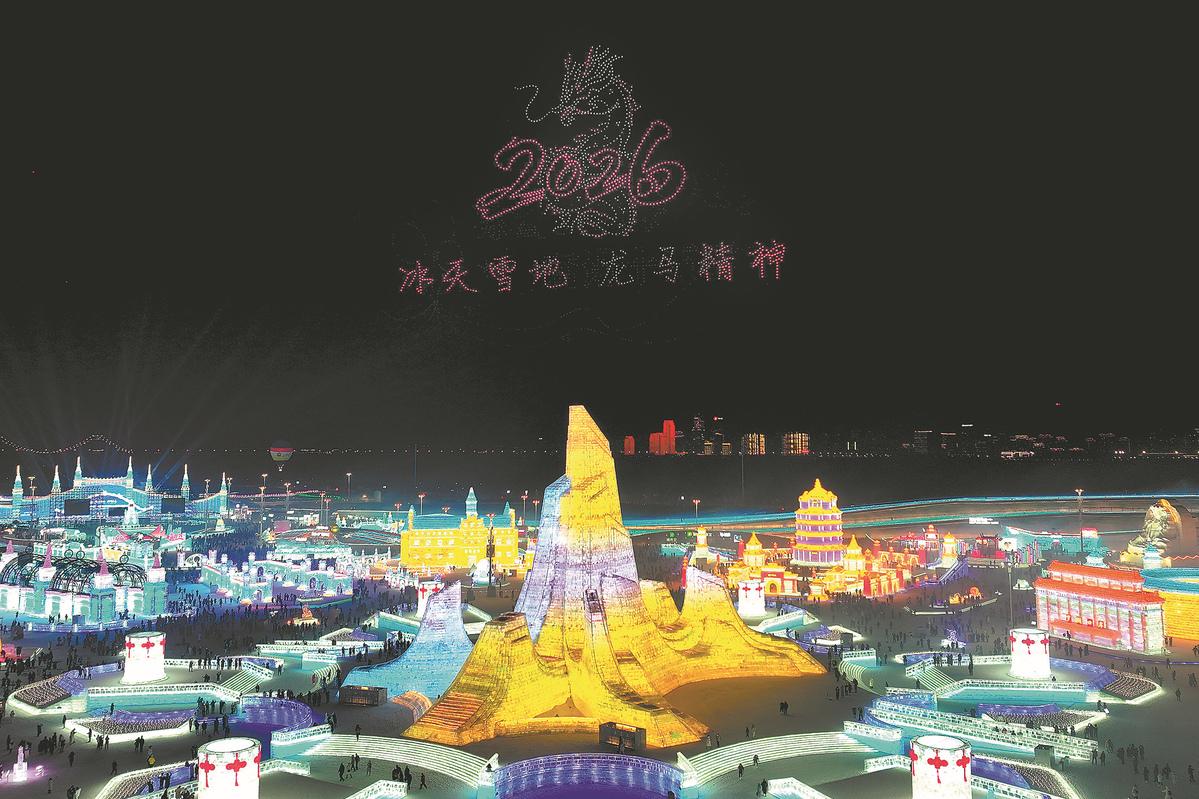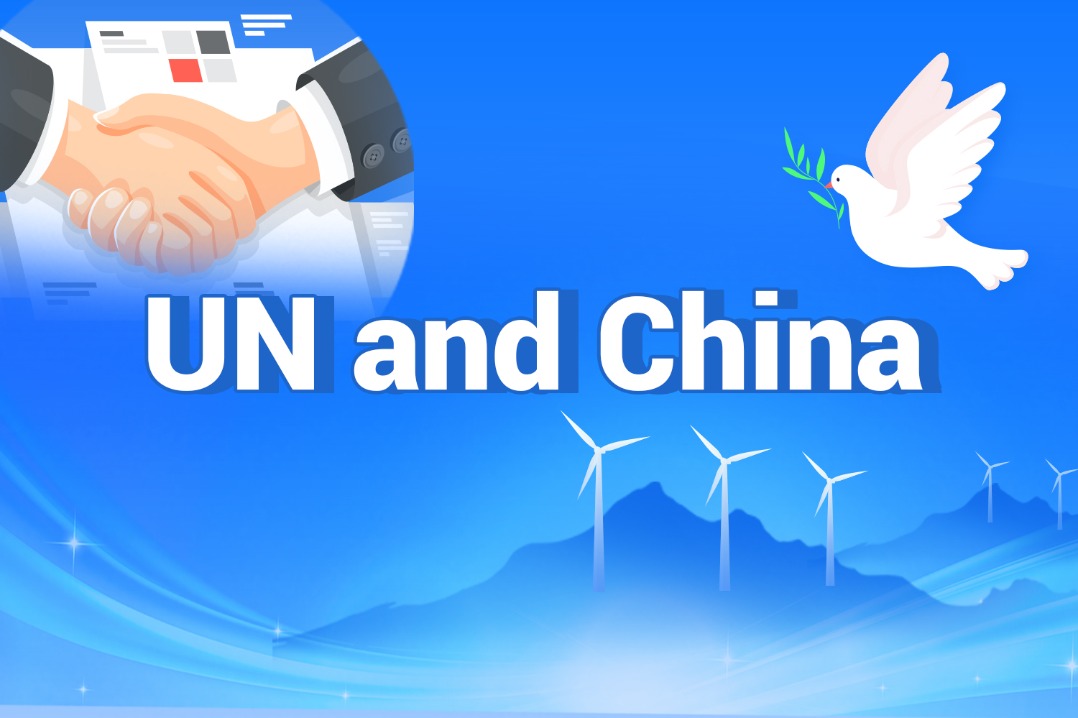PHYSICS, PLAIN and SIMPLE
Septuagenarian CERN scientist takes to storytelling to explain the universe in everyday words, Li Yingxue reports.

At 74, Qian Sijin still walks the long corridors of the European Organization for Nuclear Research (CERN) with the curiosity of a young scientist and the quiet dedication of a lifelong teacher.
Most days, his schedule is filled with research, meetings and data collected from one of the world's most complex scientific machines. But beyond his work as a nuclear physicist at the CERN, the world's largest particle physics lab located at the border of Switzerland and France, Qian has embraced another calling: sharing the wonder of physics with the world.
He does this in person, leading tour groups through CERN's sprawling underground tunnels and control rooms, pausing to explain the universe's most fundamental particles in words even high school students can understand. And now, he does it in print, with a new book designed to bring the mysteries of the material world within reach of Chinese readers.
What Is the Nature of the Material World, co-written with team from Lumibay online education platform, is Qian's newest attempt to make particle physics, quantum theory, and high-energy research accessible.
Written in clear, engaging language, the book traces the arc from ancient Greek atomic theory to today's Standard Model of particle physics. It's part physics textbook, part history of science, and part personal manifesto — a reminder that even if final answers remain out of reach, the search must continue.
For Qian, science has never been just a career; it is a lifelong pursuit of wonder. Through his latest endeavor, he invites the next generation to share in that sense of awe, to follow curiosity wherever it leads.
Through his writing and daily work, he invites a new generation to join in that pursuit. His quiet perseverance and passion reflect the soul of a scientist: the road may be long, and the answers elusive, but the search never stops.
Song Tianliang, the book's editor, describes it as deceptively accessible. "At first glance, it might appear dense or daunting, but in fact, it reads lightly and easily," Song says.
"Its structure mirrors the arc of humanity's pursuit to understand the essence of the world, from atoms to quarks. The book is not only a guide to physics knowledge, but also a history of science. One by one, the great scientists appear, connecting threads of discovery in a lively and engaging way."
How the book came to be
The idea took root in 2019, when Lumibay invited Qian to develop a general education physics course. As the content expanded, it naturally evolved into a book, complete with chapters, exercises, and recommended reading.
The process took six years. Throughout, Qian remained uncompromising about quality, recalls Chen Lin, founder of Lumibay's Master Class.
"Professor Qian's profound sense of mission deeply touched us. He hoped that more young Chinese people would engage in scientific research, so he invited us to shoot a documentary about scientific exploration and research at CERN. This way, young viewers can stay connected to the frontiers of global science," Chen says.
In 2019, Chen's team traveled to CERN, where Qian personally guided them through the collider and the scientists' workspaces.
The scale of the experiments, as well as Qian's quiet passion, left a lasting impression.
Qian also hopes the film will inspire more young people to visit CERN one day, or even join its work themselves.
Transforming a physics course into a book was no simple task. Summarizing the vast history of physics in plain language required immense effort from Qian and the Lumibay team.
Chen describes Qian as meticulous. "He annotated every page by hand, editing word by word, even down to punctuation and tone marks," she says.
Qian's curiosity remains boundless, though he admits he doesn't always follow internet. "If we used any buzzwords or memes in the book, we had to explain them to him."
One chapter in the book is devoted specifically to women in science, and their stories are also woven into the broader historical narrative. Qian says this decision stems in part from his earlier work translating Who Cares About Particle Physics? Making Sense of the Higgs Boson, the Large Hadron Collider and CERN by Canadian physicist Pauline Gagnon.
"While translating that book," he explains, "I first learned that Einstein's first wife, Mileva Maric, made significant contributions to the theory of relativity. I felt it was important to share those stories with Chinese readers."
A career shaped
Qian's own journey into science was inspired by his upbringing. Both parents were nuclear research pioneers in China. Surrounded by physics books, he was drawn early on to the big questions about matter.
"Particle physics is about uncovering the smallest building blocks of matter," he says. "No one knows exactly what those are yet, but it's our curiosity about the unknown that keeps driving the research forward."
That curiosity, Qian emphasizes, often leads to unexpected breakthroughs. "This kind of research may not yet have immediate practical use in everyday life," he says, "but it sometimes can bring huge economic and technological benefits. When Madame Curie and my parents' generation studied nuclear energy, they had no idea what it could do. Yet it changed the world, from nuclear weapons to civilian power."
Working in a field that demands extraordinary tools and computing power, Qian notes that the World Wide Web itself was first developed at CERN to support global collaboration, "and later, CERN released it to the world without ever patenting it", he says.
Qian joined CERN in 1988 and became a professor in 2003 at Peking University, specializing in experimental high-energy physics and grid computing. Although he retired from teaching in 2014, his research never stopped. He has been involved in experiments at CERN for more than 30 years, where he remains actively engaged in the lab's global collaborations.
In 2012, those collaborations led to one of the 21st century's most significant scientific breakthroughs: the discovery of the Higgs boson at CERN's Large Hadron Collider, nearly 50 years after it was first theorized. The finding confirmed a key part of the Standard Model and paved the way for the 2013 Nobel Prize in physics, awarded to Professor Peter Higgs and Francois Englert.
Qian's team contributed through the CMS collaboration with over 2,000 members from hundreds of institutes in over 30 countries, which — alongside the ATLAS Collaboration — helped make the discovery possible. "I feel incredibly fortunate to have been part of such a major scientific journey," he says. "This kind of science only works through global cooperation that is across nationalities, languages, religions and genders."
Such cooperation is vital in a field that demands decades of effort. "But we still push forward, to explore the unknown. In this field, it often feels like there's always more to do."
Now, CERN is preparing for the next era: a next-generation collider planned for completion by 2070. "If I joined now, I'd be 120 when it's finished," Qian says. "We may never see it completed, but that doesn't mean we stop trying."
Even today, scientists only understand 5 percent of the universe. "The remaining 95 percent, dark matter and dark energy included, is still a mystery," he says. "What we don't know far exceeds what we do. That's what keeps us going."
But his message goes beyond physics. "Every field has its own unknowns," Qian says. "Find your passion. Follow your curiosity and use it to make the world a little better."
Because, he adds, "Human curiosity will always drive us forward."
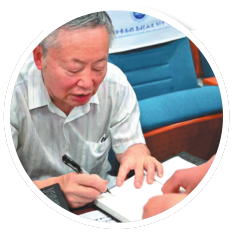

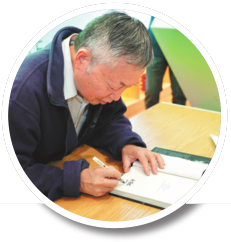
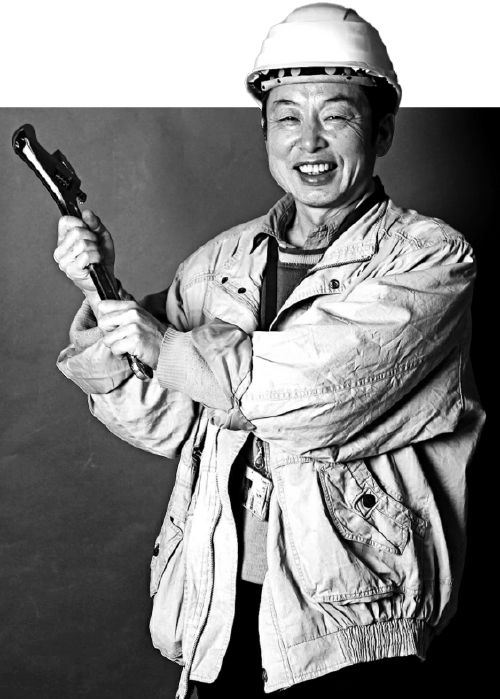
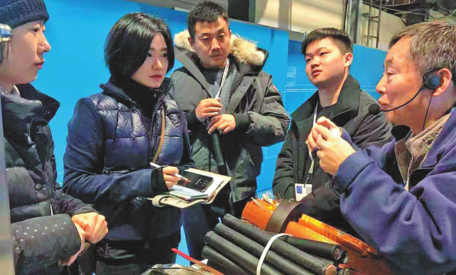
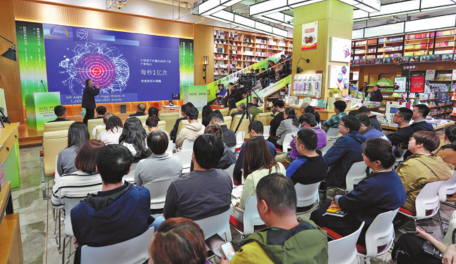
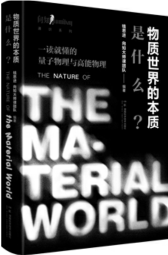
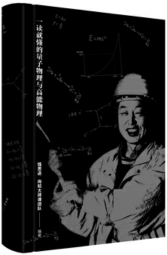
Today's Top News
- Mainland sanctions diehard 'Taiwan independence' separatists
- China's postal delivery volume hits 216.5b items in 2025
- 2025 in review: A year of shifting horizons
- Decade-plus high for key A-share index
- Spirit of the Long March guides nation for socialist modernization
- China curbs dual-use item exports to Japan


















